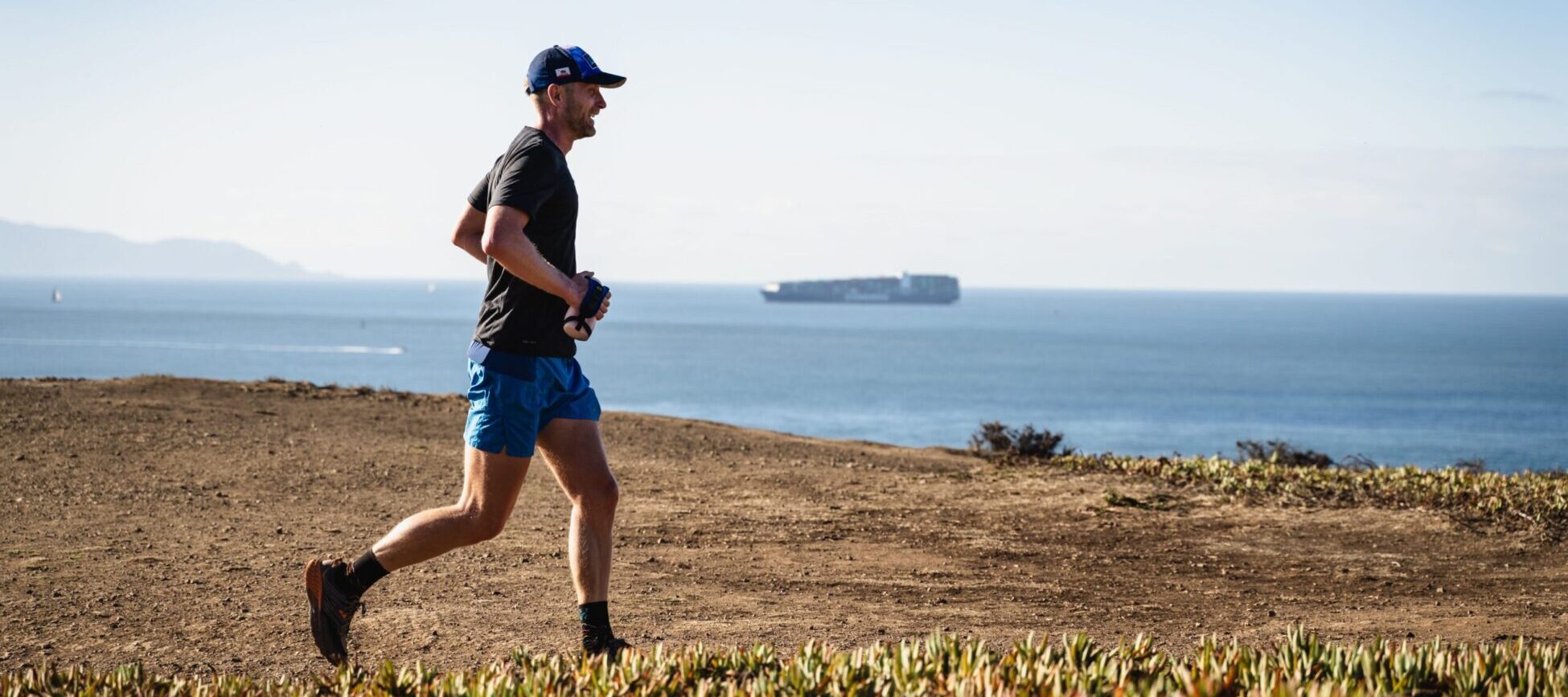
In our Trail Running 101 series, we’ll be covering just about everything you might want to know to get started in the sport, as well as tips and tricks for experienced runners to make it more enjoyable. This is the second part of the series, so stay tuned for more.
Intro
Trail runners often like to say that simplicity is one of their favorite aspects of the sport. No rack of gear to lug around. No lift tickets to pay for. All you need is a pair of running shoes and you’re ready to go, right? Well, sort of. A pair of trail running shoes alone can get you started, but when you start logging longer miles, you’ll probably find yourself shopping for a few other helpful items. Here’s where to start.
What to Wear Trail Running
When it comes to trail running clothes, look for fabric that’s breathable and wicks moisture; usually synthetics like polyester and nylon, or merino wool are best. Make sure they fit well to help avoid chafing (sometimes a bit of chafing is unavoidable, so it’s great to keep a pack of Body Glide at hand). A few other items you may find useful, depending on the temperatures and conditions you’re running in:
- A lightweight, weather-repellent jacket
- Lightweight liner gloves
- A wicking hat with a brim
- A breathable beanie or stocking cap
- Synthetic or merino wool socks (double-layered socks can go a long way toward preventing blisters)
- A supportive, well-fitting sports bra
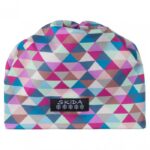
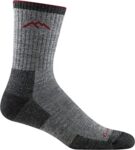
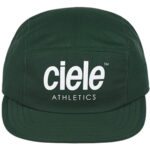
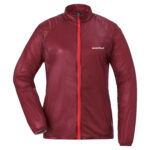
Winter running is a whole different can of worms, so if you’re interested in that, we’d recommend listening to episode 106 of our Off The Couch podcast, where our reviewers discuss some of their favorite gear and techniques to stay warm and comfortable in colder, wetter weather.
How to Carry Water, Snacks, and Other Items
The longer you stay out on the trail, the more you’ll find yourself in need of water to stay hydrated and snacks to keep your energy up. But how do you carry water with you? For shorter runs, a hand-held bottle holder can fit an energy bar or gels, some cash, an ID, and maybe even your phone. An ergonomic strap keeps the bottle attached snugly to your hand so you can just about forget about it while you’re bounding down the trail. A good rule of thumb is that for anything under 60-90 minutes, you’ll likely be OK with just a handheld. But if you’ll be out longer, you’ll likely need more calories and possibly electrolytes, especially if it’s hot.
In that case, you’ll want a running vest. It’s like a small backpack, but it fits more closely to your body with adjustable straps to keep it from bouncing too much. Usually, running vests have pockets on the front side so you can access them without taking off the entire thing. Some vests are compatible with hydration reservoirs, while others are designed to work with soft-bodied water bottles that collapse when they’re empty. Also known as “soft-flasks,” these bottles are more comfortable stuffed into pockets than hard plastic ones.
Running vests come in a variety of sizes, from minimalist designs for a bit of water, a snack, and a phone, to larger packs that can accommodate extra layers and even a climbing helmet for more technical adventures. If you’re in the market for a running vest, we’ve reviewed many of them.

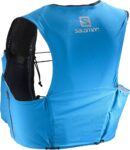
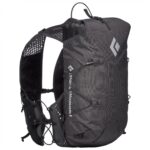
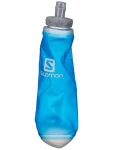
For When You Have to Go…
One of the most important things to know before you go trail running is what to do if you have to go to the bathroom while you’re out on the trail. What if you can’t make it back to that pit toilet at the trailhead? It means you need to go in the great outdoors — and you need to know how to do it without leaving a mess for others to find. Some runners carry lightweight backpacking trowels on long runs so they can dig a deep enough hole to bury their waste, but often there are rocks or sticks around that can do the job.
Here’s a guide to how to “do the job” without having a negative impact on the environment. If you’re using toilet paper or wipes, you’ll need to pack them out with you. Here’s an easy plan that can help make that job easier:
- Buy a pack of individually packaged personal wipes.
- Buy a pack of latex gloves
- Pack one or two gloves and wipes in a resealable plastic bag.
- When you need to go, dig yourself a hole and go.
- Put on a glove (to keep your hand clean!).
- Use your wipe (or TP).
- Hold your wipe or TP in your gloved hand while you carefully use the other hand to pull the glove off, grasping it by the wrist to turn it inside-out so the wipe stays inside the glove.
- Tie the open end of the inside-out glove closed with the soiled wipe inside.
- Bury your waste, and stick your tied-closed glove back in your resealable bag to pack out.
- Voila, your dirty wipe is sealed away, your hands are still clean, and you leave no trash behind.
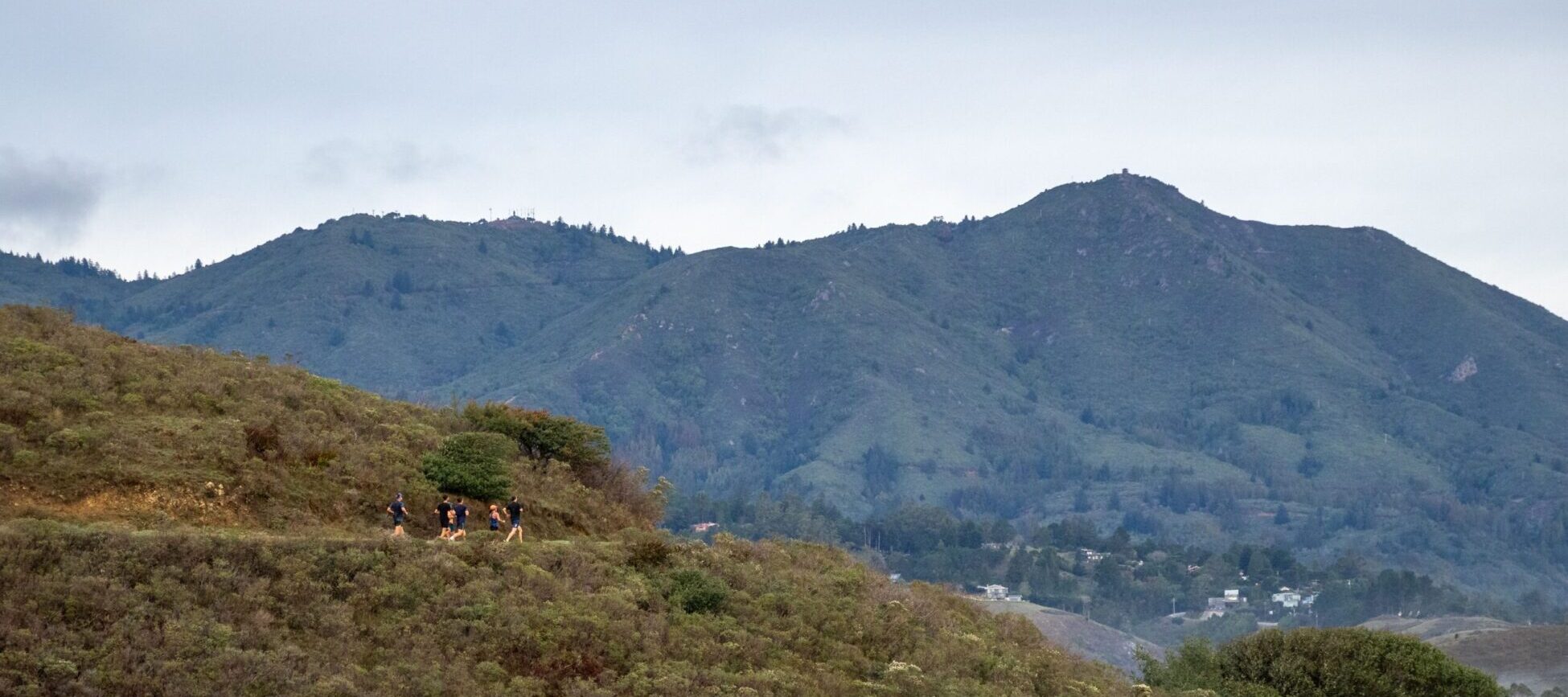
The Next Level
As you increase mileage, going further into the backcountry or into more difficult terrain, you may find a few other extra items useful. A GPS watch, for example, can help you keep track of how far you’ve run, and at what pace. Some runners enjoy the free feeling of going without a watch and simply enjoying the experience. But if time, distance, or mapping your runs is of interest to you, a GPS watch can help with training and navigation.
Trekking poles are another addition to the kit that can help you go further. Whether it’s helping to take some of the weight off on the way uphill or aiding in balance on a descent, a pair of lightweight poles can help keep you upright longer. Most running-friendly trekking poles will break down and fold up so they can be carried easily or attached to a running vest when not in use.
If there are water sources along your route, a filtration bottle can let you refill safely without worrying about contamination. This helps you stay hydrated without having to haul as much water in your vest and can allow for much longer runs, but it also requires knowledge of available water sources.
Another nice-to-have but not completely necessary item are trail gaiters. Gaiters attach to your running shoes and cover the opening around your ankle to keep dust, gravel, and other trail debris from getting kicked in along the way. Obviously, this isn’t crucial, but it can help avoid blisters and hot spots from foreign objects getting into your shoes and socks.
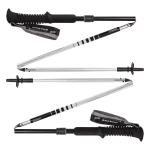
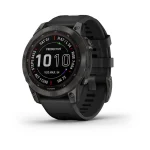
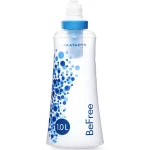
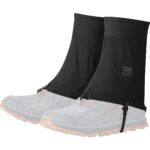
Is it All Really Necessary?
The saying, “the more you know, the less you need,” may ring true for many runners, but sometimes it takes experimenting and lots of miles on the trail to gain that proverbial knowledge. What you wear and carry can come down to personal preference and style. Some runners enjoy wearing a vest even for shorter runs because it provides them comfort. Others avoid wearing a vest until they absolutely have to. So, try things out. See what works for you. And have fun out there.
